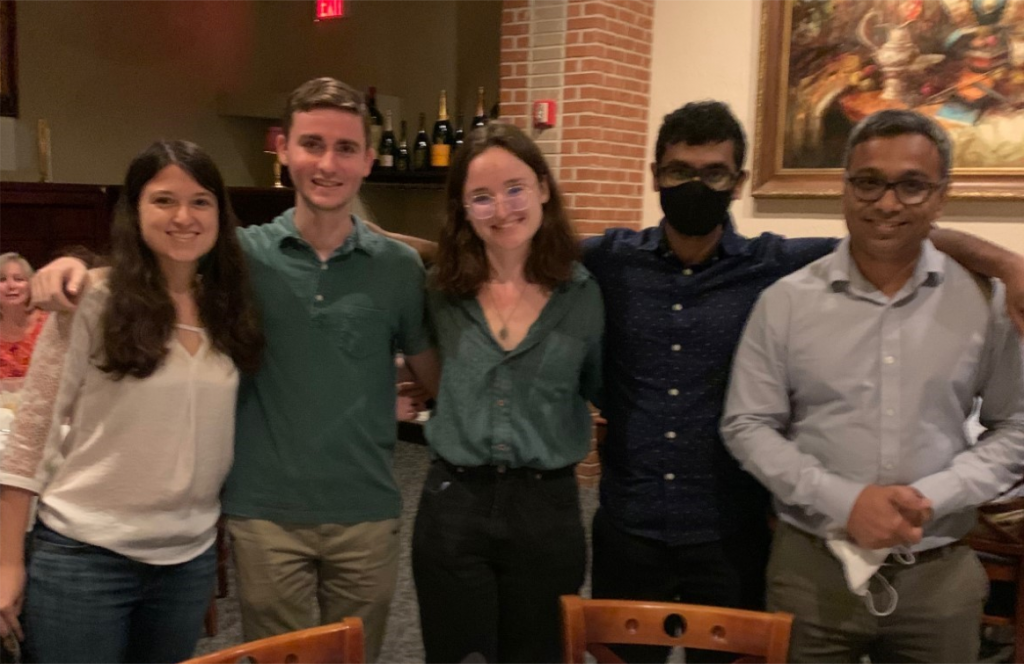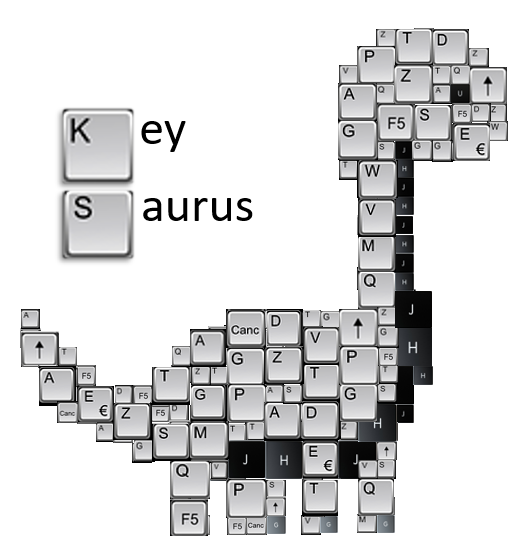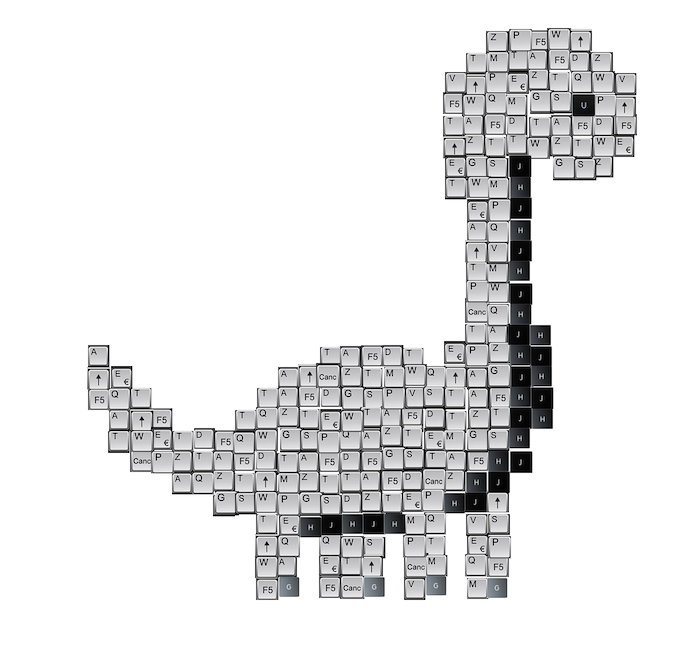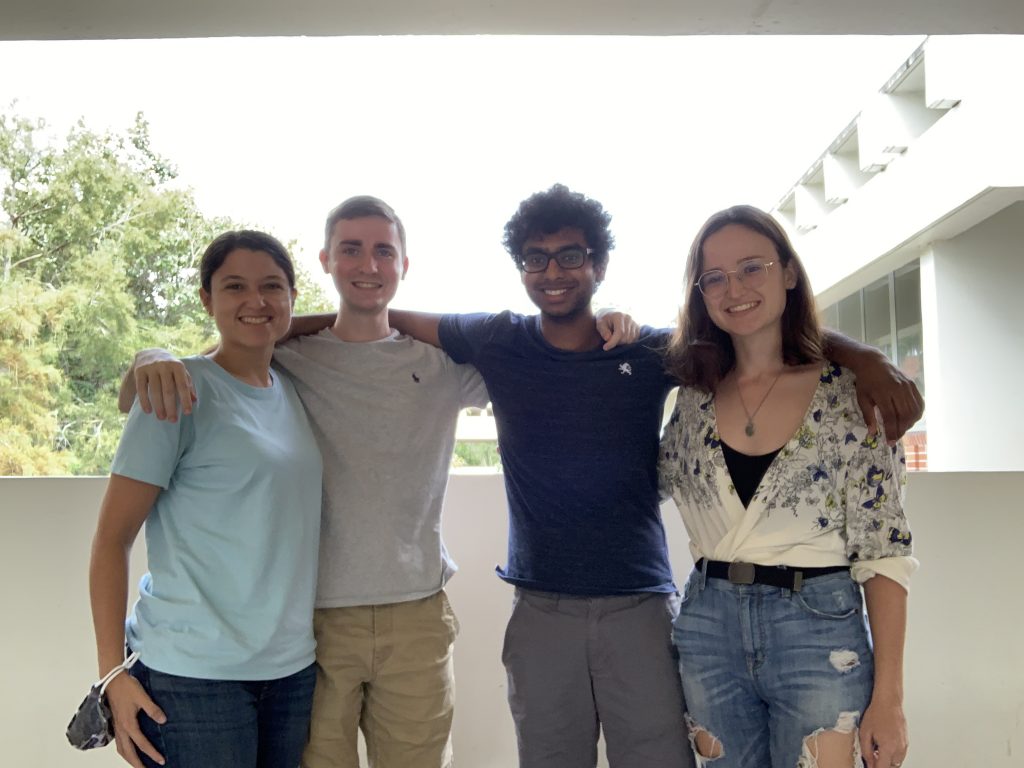This week, we started on our solution. It will involve Dijkstra’s algorithm, which finds the shortest path between points on a graph. The locations on our webpage will be modeled as a graph. For example, a search bar will be one node (point on the graph where one can be) and a paragraph of text could be another node. We currently believe that the distance between every node will be 1, although this might change in the future if some actions are more difficult.
We did come across a problem that we expect to be the most difficult challenge of the project. We need to recognize what a user is intending to do from only a history of their past locations and actions. We conducted a literature review on this problem, but were not able to find solutions to similar problems. We are in the process of contacting University of Florida faculty to help look for solutions. We think this problem is classified as intent recognition, but determining intent can be difficult when actions are not optimal.





